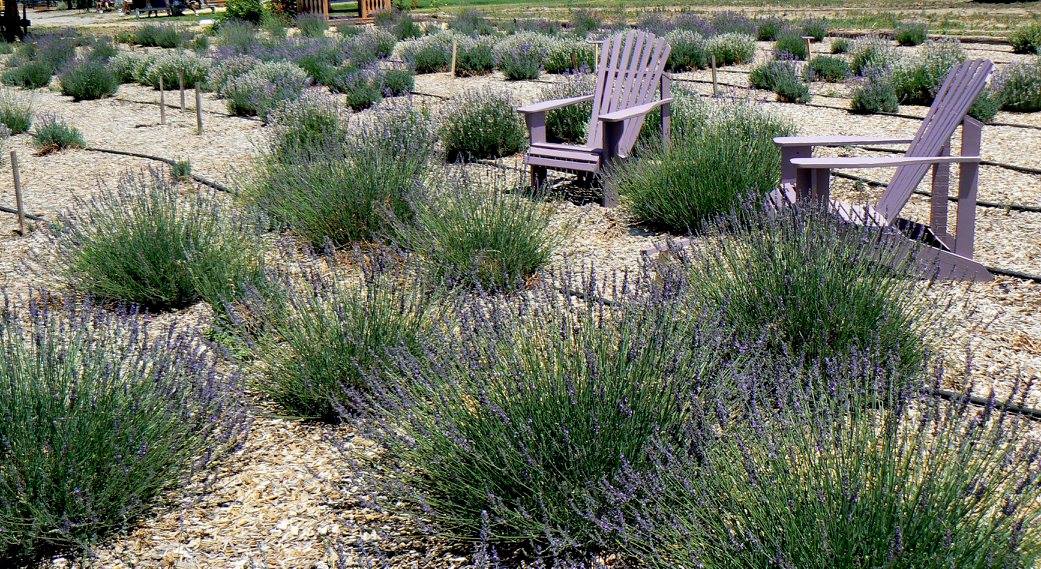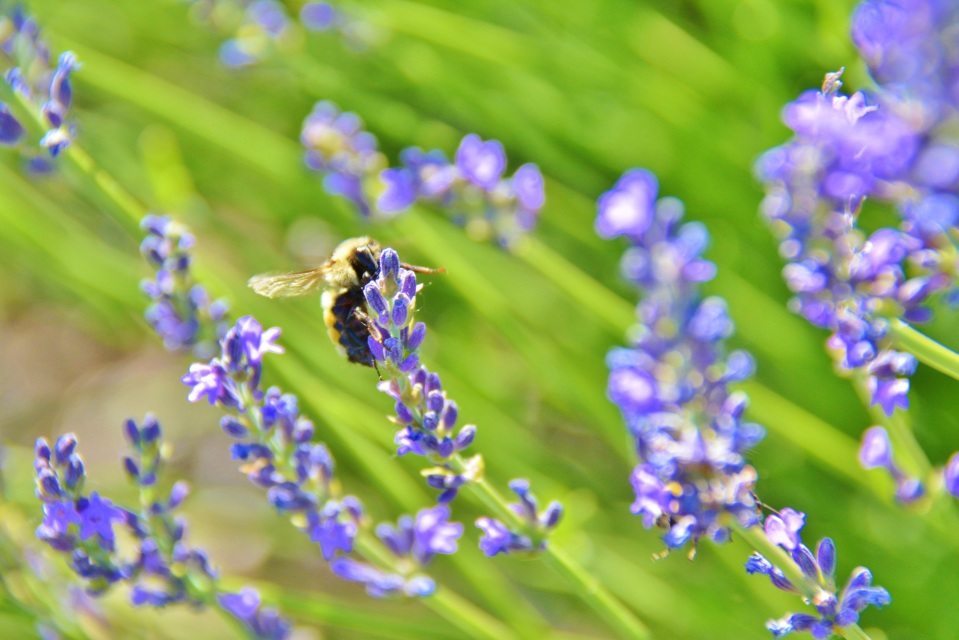
- info@coloradolavender.org
Your Cart
100% Secure Checkout!
No products in the cart.

There seems to be a lot of misconception about the effect altitude has on the ester content of lavender, and whether high altitude lavender is more desirable than lavenders grown at lower altitudes. It is not a simple answer, but I will try to provide the basic information about this issue.
The chemical composition of lavender is determined by its genetic code; by its DNA. Lavender can adapt to its environment to a certain degree, but in cannot go wildly outside of the limits its DNA will allow. Just like our bodies, the design and chemical composition is fairly consistent within the parameters of the plant’s genetic code. For instance, if we move to a higher altitude, our bodies will adapt (again, within certain parameters) by increasing the hemoglobin content of our blood in order to carry more oxygen, compensating for the thinner air. However, the hemoglobin content in our blood can only increase by a certain percentage, otherwise our blood would become too thick to flow. Our genetic code allows for adaptation, but the adaptational response is limited to that which increases our chance of survival without doing harm to our systems.
The chemical composition of lavender is determined by its genetic code; by its DNA. Lavender can adapt to its environment to a certain degree, but in cannot go wildly outside of the limits its DNA will allow. Just like our bodies, the design and chemical composition is fairly consistent within the parameters of the plant’s genetic code. For instance, if we move to a higher altitude, our bodies will adapt (again, within certain parameters) by increasing the hemoglobin content of our blood in order to carry more oxygen, compensating for the thinner air. However, the hemoglobin content in our blood can only increase by a certain percentage, otherwise our blood would become too thick to flow. Our genetic code allows for adaptation, but the adaptational response is limited to that which increases our chance of survival without doing harm to our systems.
This introduces a word and concept all growers need to take into consideration, and that is terroir. Terroir is a french word meaning the combination of factors making up a specific environment. It is a term initially applied to wine-making explaining the subtle differences of various vintages. The term applies to essential oil composition as well. What makes up a plant’s terroir? The answer is everything in its growing environment – soil composition and pH, amount of rainfall, wind, altitude, temperature, length of season, amount of sunlight, etc.. I do believe that higher altitude maximizes ester content in lavender, but it does not, as I have heard some people say, make it “way higher in esters”
Why do we care about the ester content in lavender? Because esters are very desirable compounds in essential oils. Almost every essential oil contains at least a small amount of esters. They are generally safe, non-toxic, have a pleasant aroma; and are relaxing, antispasmodic, antifungal, and balancing for the central nervous system. Many of the qualities of lavender, including the sweet, pleasant aroma and taste, which makes it so desirable to many consumers, come from its relatively high ester content.
BY JANET SCAVARDA
This article was written by Janet Scavarda, D.C. She is a member of the Lavender Association of Western Colorado. For more information, please contact Janet at scavarda@q.com or 970-323-5971.